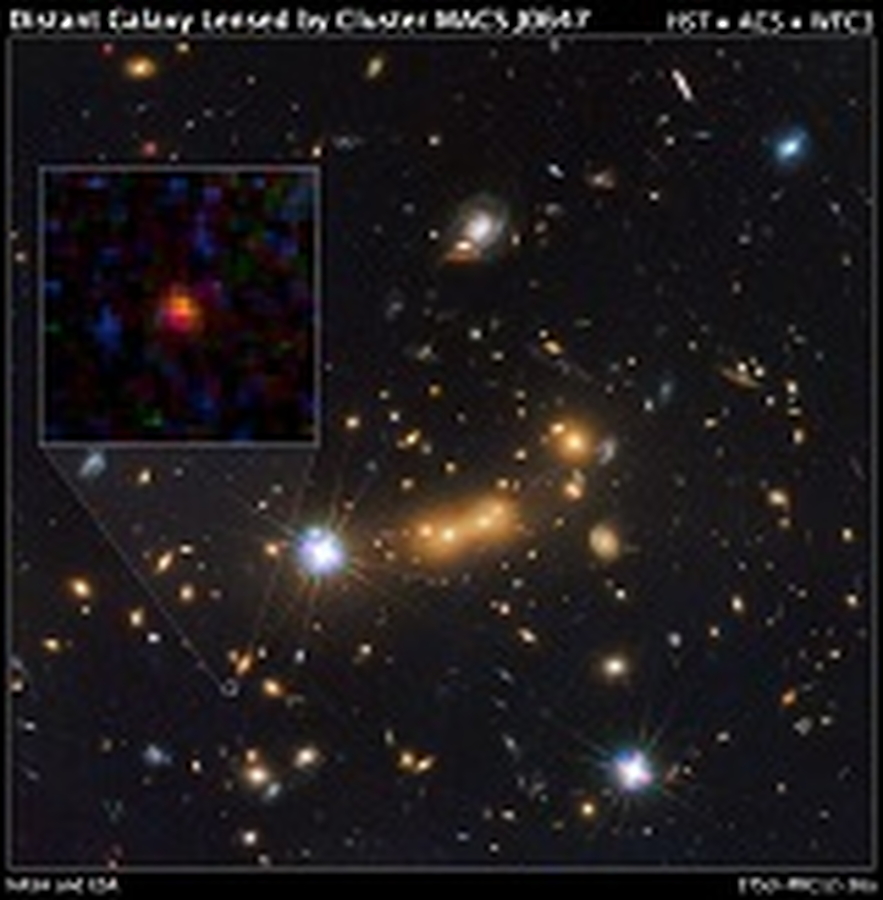Overview
The Nancy Grace Roman Space Telescope (Roman) is NASA’s next major astrophysics mission, scheduled for launch in late 2026. Roman will feature a wavelength range, aperture, and angular resolution comparable to the Hubble Space Telescope but with approximately 100 times the field of view and 1,000 times the sky-mapping speed. This capability allows it to survey large sky areas rapidly or repeatedly observe smaller areas with high frequency. A key community survey during Roman’s primary mission will be the Roman Galactic Bulge Time Domain Survey (RGBTDS). This survey will monitor about 2 square degrees of the Galactic center with a cadence of approximately 15 minutes using a wide 1–2 micron filter, spanning six seasons of 60–72 days each, for a total survey duration of 380–440 days. The RGBTDS aims to detect thousands of cold bound and free-floating planets using microlensing, as well as about 100,000 hot and warm transiting planets. Roman’s transit and microlensing data will enable the first comprehensive statistical survey of exoplanets within a single stellar population, covering planets with radii or masses greater than twice that of Earth across all orbital distances. I will review Roman's anticipated exoplanet science output and discuss the efforts of the RGES Project Infrastructure Team (RGES-PIT), which ensures the success of primary RGES scientific microlensing objectives. On behalf of RGES-PIT, I will outline the team’s activities over the next few years and highlight opportunities for involvement from the microlensing, exoplanet, and broader astronomical communities.
